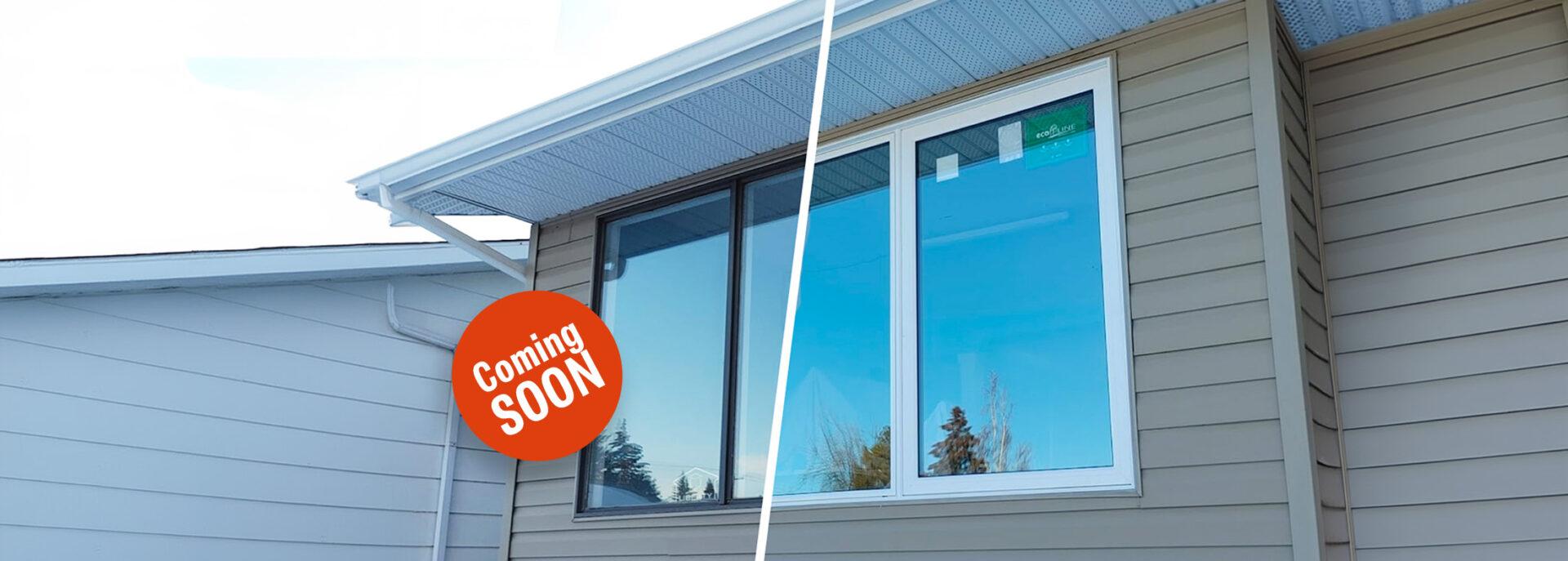

Canada Greener Homes Affordability Program (CGHAP): $800 Million For Energy-Efficient Upgrades
Jul 30, 2025
6 min read
8151
Many homeowners may already be aware that the Canada Greener Homes Grant, a significant initiative launched in 2021, officially concluded in February this year.The program was a resounding success, receiving over 590,000 applications and committing more than $2 billion in funds. It helped 240,000 homeowners install heat pumps, windows and doors and enhance their home energy efficiency by allocating an average grant of $4,400 per household.
With overwhelming success and a long queue of homeowners still eager to make energy-efficient retrofits, the government of Canada grants for home renovations has set a foundation for a new program coming 2025-26.
The Canada Greener Homes Affordability Program (CGHAP), backed by $800 million, is a testament to the government’s unwavering commitment to enhancing residential energy efficiency and aligning with the Canada Green Buildings Strategy (CGBS).
Residential Energy Upgrades: The Need for Continued Efforts
Buildings (residential and commercial) are Canada’s third-largest source of greenhouse gas emissions. According to the Canada Green Buildings Strategy, significant changes in the building sector are essential to meeting local climate targets and reducing energy bills. The government aims to address this challenge by retrofitting existing buildings and constructing new net-zero ones.
Retrofitting is crucial as it not only reduces emissions but also helps Canadians save on energy costs.
The average household spends about $2,200 annually on energy, with higher costs for those living in older homes with poor insulation.
The Canada Green Buildings Strategy reflects a sector-by-sector approach to reaching the national climate target of cutting emissions by at least 40% below 2005 levels by 2030, striving to achieve net-zero emissions by 2050.
“Energy efficiency means cost savings for Canadians. At a time when we are facing challenges with affordability and climate change, this plan meets Canadians where they are at and delivers the action they need, at the pace and scale they are demanding. Canada’s first-ever Canada Green Buildings Strategy is a plan to save Canadians money, create jobs and seize the economic opportunities that a clean and sustainable economy presents,” says The Honourable Jonathan Wilkinson, Minister of Energy and Natural Resources, Government of Canada.
Introducing the Canada Greener Homes Affordability Program (CGHAP)
Building on the success of the Canada Greener Homes Grant, the government aims to launch a brand new program called the Canada Greener Homes Affordability Program (CGHAP).
This new government home renovation grants initiative, announced in Budget 2024, is backed by a $800 million budget over five years, starting in 2025-26. The CGHAP aims to support energy-efficient retrofits for low—to median-income Canadian households, including tenants.
Replacing the former grant program, CGHAP offers more comprehensive support. It utilizes a ‘direct install’ model managed by third parties and stacks with other federal and provincial rebate and loan programs to help homeowners renovate their houses with energy-efficient upgrades. This way, CGHAP is estimated to provide support that is up to four times more valuable than that of the Canadian Greener Homes Grant.
How will it work?
Before embarking on any renovation project, experienced energy efficiency professionals will determine the recommended retrofits. They will ensure that each home receives tailored upgrades that make it more affordable and energy-efficient, ensuring optimal thermal performance throughout the year.
In addition, CGHAP will be compatible with the currently available Canada Greener Homes Loan that offers up to $40,000 interest-free loans covering the next retrofits:
- Windows and doors replacement
- Home insulation (attic, roof, exterior walls, basement)
- Air sealing
- Thermostat
- Space and water heating
- Renewable energy
Greener Canada loan comes with 0% interest, 10 years repayment term and small monthly payments, making it one of the best programs in the long-term. When planning for renovations, make sure to properly analyse your timelines since greener homes loan approval time usually takes from 3 to 6 weeks.
A new Canada Greener Homes Affordability Program, together with other available initiatives, aims to help reduce monthly heating bills, enhance energy efficiency, and contribute to Canada’s net-zero emissions goal by 2050.
“As we work towards ending Canada’s housing crisis, we need to ensure the longevity of new and existing buildings by making them more energy efficient and resilient to the impacts of climate change. We are proud to announce these investments today that will go a long way in doing just that across the country,” says The Honourable Sean Fraser, Minister of Housing, Infrastructure and Communities Canada.
Ecoline Windows Commitment To Energy-Efficient Homes
At Ecoline Windows, we are dedicated to promoting energy efficiency and sustainable living. We actively follow all updates regarding energy-efficient programs and initiatives.
With the upcoming launch of the Canada Greener Homes Affordability Program (CGHAP), our team is well-prepared to assist homeowners in making their homes even more energy-efficient by manufacturing and installing the best windows and doors eligible for the program.
In addition, our experts are always happy to help you apply for Greener homes loan to kickstart your window or door upgrade hassle-free.
FAQ
What is the Canada Greener Homes Affordability Program (CGHAP)?
CGHAP is a new government initiative aimed at supporting energy-efficient retrofits for low- to median-income households. It replaces the Canada Greener Homes Grant and promises to bring four times more value.
When will the Canada Greener Homes Affordability Program (CGHAP) launch?
It is set to launch in 2025-26. This timeline allows for thorough preparation and collaboration with provincial and territorial partners to ensure efficiency and transparency.
How much can I get for retrofits with CGHAP?
Currently, there is no information regarding the amount allocated for every retrofit type. However, the program will provide up to $800 million over five years.
1750 Coast Meridian Rd #102,
Port Coquitlam, BC V3C 6R8
100, 17866 106A Avenue,
Edmonton, AB, Canada,
T5S 1V3
3307 Dunmore Rd SE #12,
Medicine Hat, AB,
Canada, T1B 3R2
2081 Merivale Rd #201, Ottawa, ON, Canada, K2G 1G9
by appointment only
109 Ilsley Ave Unit #3, Dartmouth,
NS, Canada, B3B 1S8














